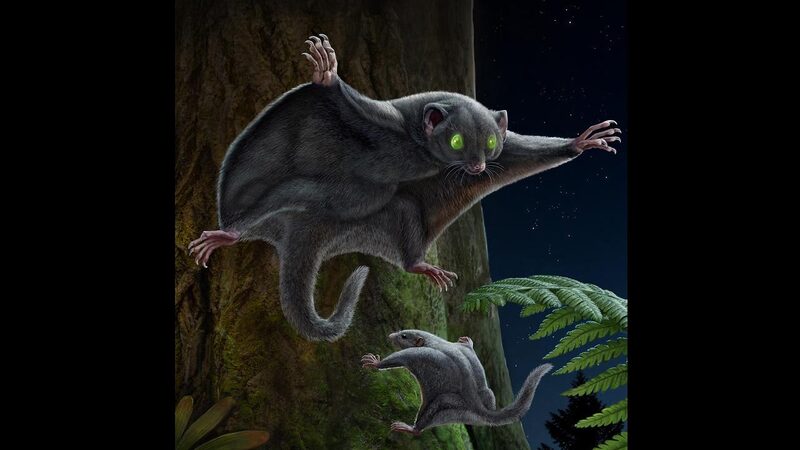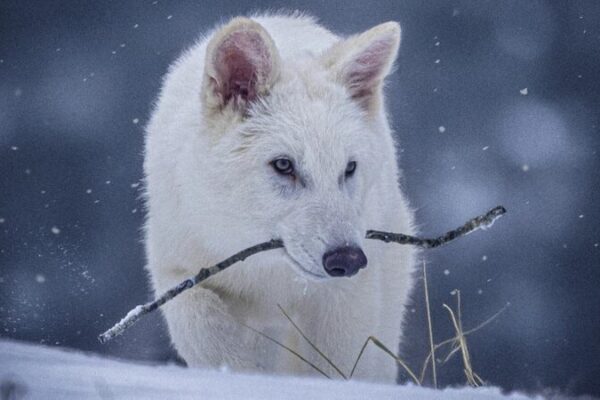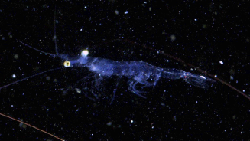Imagine a world where tiny mammals scurried under the cover of darkness, hiding from colossal dinosaurs roaming above. A groundbreaking study suggests that these early mammals, living over 150 million years ago, had dark, dusky brown fur to help them blend into the night and evade predators.
A team of Chinese and Belgian scientists has unlocked this ancient secret by reconstructing the coloration of Earth’s earliest mammals using fossilized pigments. Published in the journal Science, the study provides fresh insights into the nocturnal lifestyles and survival strategies of our distant ancestors.
\”These extinct early mammals had distinct lifestyles, from ground-dwelling and burrowing to gliding through treetops like modern flying squirrels,\” said Li Ruoshuang, the study’s first author from the China University of Geosciences (Beijing). \”The incredible preservation of the fossils and their fur impressions enabled us to piece together both their ecology and their coloration.\”
The researchers analyzed fossilized pigments called melanosomes to determine the fur color of six ancient mammal relatives, including a newly discovered species from the Late Jurassic period. By comparing melanosome shapes in 116 living mammals, they modeled how structure relates to color, revealing that these early mammals had solid dark fur without patterns.
\”This dark color may have helped them hide from dinosaurs,\” explained Zhou Changfu, a co-author from Shandong University of Science and Technology. The adaptation aligns with modern nocturnal mammals like moles and bats, supporting theories that our ancestors became nocturnal to avoid daytime predators.
This discovery contrasts sharply with the vibrant colors found in feathered dinosaurs and early birds, suggesting a unique evolutionary path for mammalian coloration. Dense melanosomes in their fur not only provided camouflage but also may have aided in heat retention and strengthened hair structure for protection.
Following the extinction of non-avian dinosaurs, mammals likely diversified into the wide array of colors we see today, from the fiery hues of orange tamarins to the striking black-and-white patterns of zebras.
\”Understanding the coloration of these ancient creatures brings us closer to unraveling the mysteries of mammalian evolution,\” said Li Quanguo, the study’s corresponding author. \”It highlights how early mammals adapted to their environments, setting the stage for the diversity we witness today.\”
Reference(s):
cgtn.com








